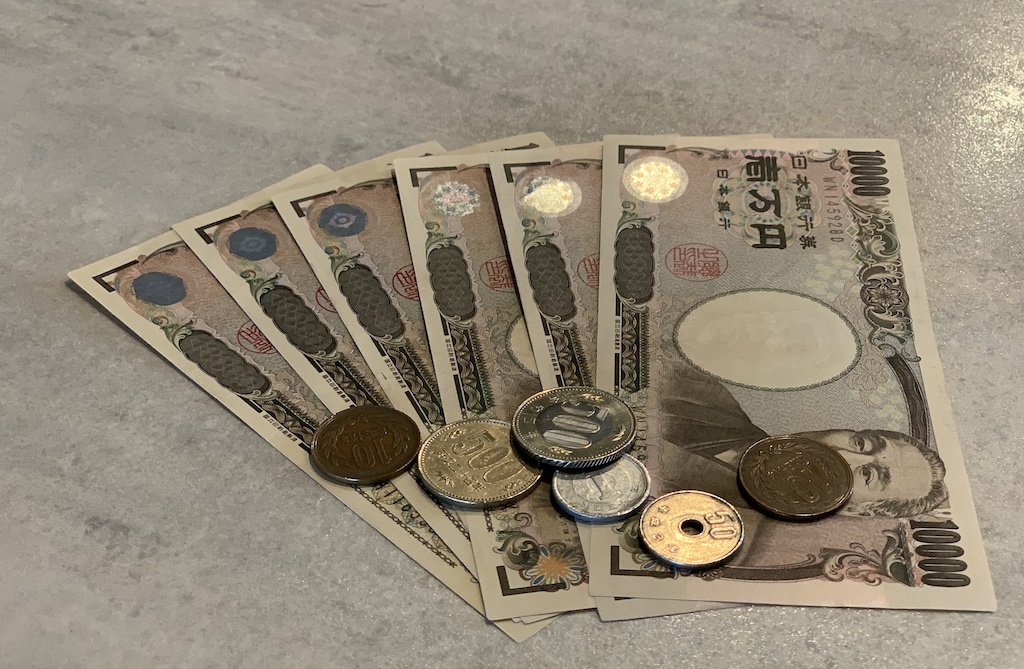
ATMs and Banking
When compared to other countries, Japan is a case study in contrasts. Walking the streets of the Akihabara district of Tokyo, a person could think they’re actually in a future designed by Arthur C. Clarke (in the Space Odyssey way, not the Fahrenheit 451 way).
However, the banking industry continues to be a paper-driven, in-person business where most transactions need a bank visit. Luckily, a go between exists in this archaic structure—the mighty ATM. A crucial bridge bringing convenience to an otherwise tedious task.
In Japan, checks are not a thing. They used to be, but no longer. In 2019, less than 0.1% of financial transactions were made by check. This change was mainly driven by the government’s goals to become cashless (salaries can not be paid by check) and to reduce financial fraud. Japan continues being a cash-leaning society, but navigating the modern world with only cash is increasingly difficult. The answer is the ATM. Vendors, supplier, and service providers allow for ATM vendors to input their account numbers and pay directly from the individual’s bank to the vendor’s bank. It’s a clean, simple, & safe way to move money by nearly every citizen and resident.
What’s missing is convenience. Even with ATMs in every convenience store, train station, and shopping center, patrons still queue up at them. Credit cards are often not accepted by smaller vendors, meaning that ATM visits still need to be made. The prevalence of cash has slowed the ubiquitous adoption of cashless services seen in North America and Europe.
It’s an effective system used by 127 million Japanese, but for Westerners, its an oddity. Heavy dependence on ATMs is a key difference in managing daily finances.